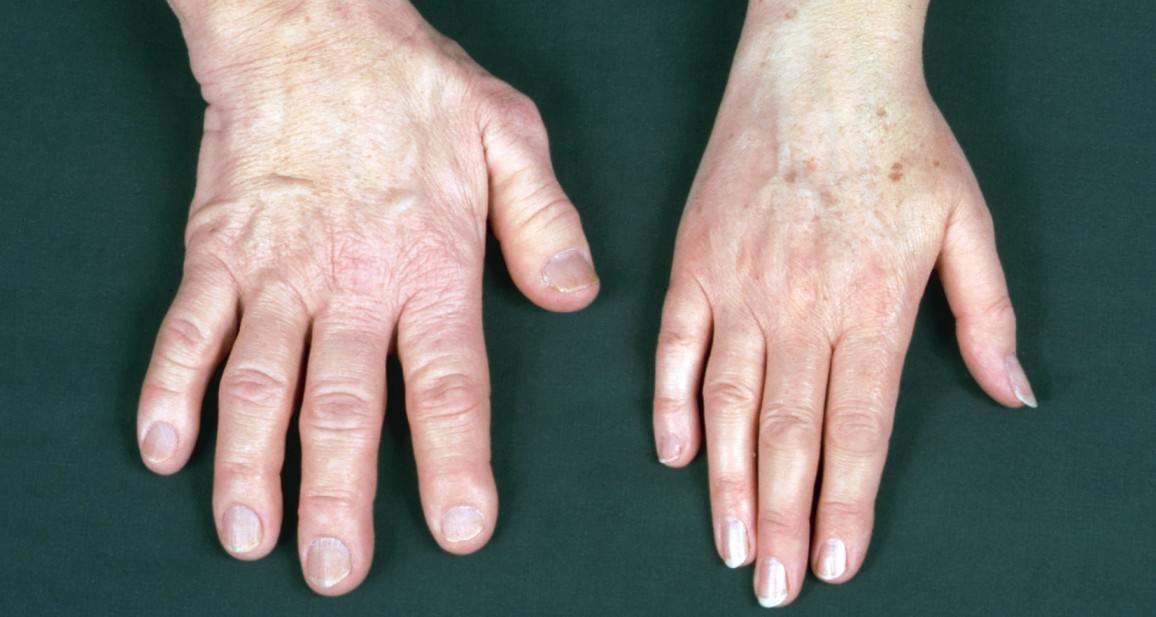 Acromegaly Treatment in India
Acromegaly Treatment in India
What is Acromegaly?
Acromegaly is a rare hormonal disorder that occurs when the pituitary gland produces excessive growth hormone (GH). This leads to abnormal enlargement of bones and tissues, particularly in the hands, feet, and face. Unlike in children, where excessive GH causes gigantism and increased height, adults with acromegaly experience abnormal growth in body parts without height changes.
Symptoms of Acromegaly
Acromegaly symptoms develop gradually and can include:
- Enlarged hands and feet.
- Changes in facial features, such as a protruding jaw or enlarged forehead.
- Increased size of the tongue, lips, and nose.
- Excessive sweating and oily skin.
- Deepened voice.
- Headaches, joint pain, and vision changes.
- More skin tags, hand numbness, and sleep apnea.
These symptoms often appear slowly, making early detection challenging. It’s crucial to seek medical advice if you notice these changes to start timely treatment.
Causes of Acromegaly
The most common cause of acromegaly is a pituitary adenoma, a benign tumor that causes the pituitary gland to secrete excess GH. These tumors can grow slowly, and their symptoms may take years to become noticeable. Large adenomas can compress nearby brain tissues, leading to headaches and vision problems.
Diagnosis of Acromegaly
To diagnose acromegaly, doctors perform a physical examination and may recommend:
- IGF-1 Level Measurement: Blood tests to check IGF-1 levels, which are elevated in acromegaly.
- Growth Hormone Suppression Test: Measuring GH levels before and after consuming a glucose solution. In acromegaly, GH levels do not decrease after glucose intake.
- Imaging Tests: MRI to locate pituitary tumors and additional scans if no tumors are detected.
Treatment Options
Treatment for acromegaly typically includes:
- Surgery: To remove the pituitary tumor, often achieving a success rate of over 95%.
- Radiation Therapy: For cases where surgery is not feasible or to treat residual tumors.
Cost of Acromegaly Treatment in India
The average cost of acromegaly treatment in India is approximately USD 5,700. This cost includes hospital stay, surgery, medical staff fees, medications, and diagnostic tests. Factors influencing the total cost include the type of hospital, room choice, and specific treatment required.
Conclusion
For effective management of acromegaly, timely diagnosis and treatment are essential. India offers advanced treatment options with significant success rates. If you suspect symptoms of acromegaly, consult a specialist to explore your treatment options and ensure comprehensive care.

 Acromegaly Treatment in India
Acromegaly Treatment in India


